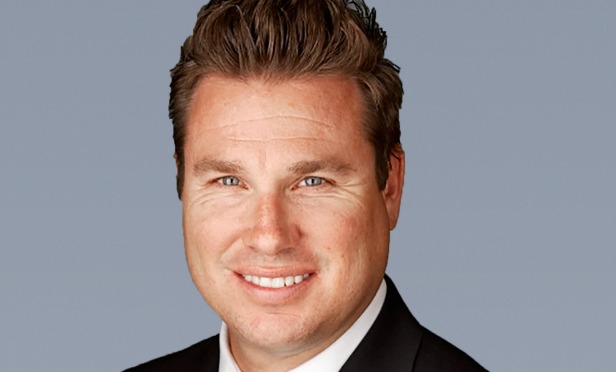Lenders continuing to be careful of hotel construction financing deals; however, borrowers looking to secure hotel construction financing have plenty of options. The Robert Green Co. recently secured $212.3 million in construction financing for the development of the 145-acre SilverRock Resort and Residences in La Quinta, CA. George Smith Partners secured the loan on behalf of the developer, and says that there are options for borrowers looking to secure hotel construction financing.
“Lenders continue to look carefully at both risk profile and asset class in the hospitality space,” Malcolm Davies, principal and managing director at George Smith Partners, tells GlobeSt.com. “Terms and leverage can vary greatly in hospitality financing. For select service and limited service hotel product, we are finding that lenders will stretch a bit further on leverage. For example, we recently secured financing for the repositioning of a Hilton Garden Inn in Davis, California at 85 percent leverage. That ratio is higher than a hospitality project we are currently working on in Portland, which is being financing by a large bank at 65 percent leverage.”
The Robert Green resort project is a Montage and Pendry dual-branded luxury lifestyle project with a 140-key Montage Resort, a 200-key Pendry Resort, 10 luxury golf villas, a shared service and conference facility, and a golf clubhouse. While this was a quality project with strong sponsorship, the deal was complex. “This was not a straightforward transaction. Rather, our team worked extremely closely with the developer to ensure that each element of the mixed-use project would fit the criteria today's lenders are looking for,” says Davies. “The lender recognized the developer's vision and capabilities, and understood exactly how the project would benefit the market in which it is being built.”
In terms of strategy, Davies cast a wide net to attract the right lender for the project. “The key is to cast a wide net in the current lender market. On the Montage/Pendry project, we went to more than 250 capital sources and spent several years assembling the right financing in order to ensure its execution,” says Davies. “This is the level of dedication today's lenders are looking for.” In the end, he secured a three-year senior construction loan through an affiliate of Mosaic Real Estate Investors.
While hotel construction deals are difficult, lenders are more bullish on industrial and multifamily deals. These two markets are the darlings of commercial real estate with strong fundamentals and are risk averse, according to Davies. “For example, on the industrial front, vacancy throughout the U.S. reached a historic low of 4.3% by the end of 2018,” he explains. “With vacancy declining and rents rising, lenders will begin seeking opportunities to finance new construction in well-located markets with strong demand.”
Still, Davies says that outside of these deals, lenders have options to secure construction funding. “The bottom line is, there are a range of options depending on risk profile and leverage,” says Davies. “We advise owners and developers in the hospitality sector to be prepared for a minimum of a 15% capital outlay up front, and often that can rise upwards to as high as 45% depending on the risk profile of the sponsor.”
© 2025 ALM Global, LLC, All Rights Reserved. Request academic re-use from www.copyright.com. All other uses, submit a request to [email protected]. For more information visit Asset & Logo Licensing.








